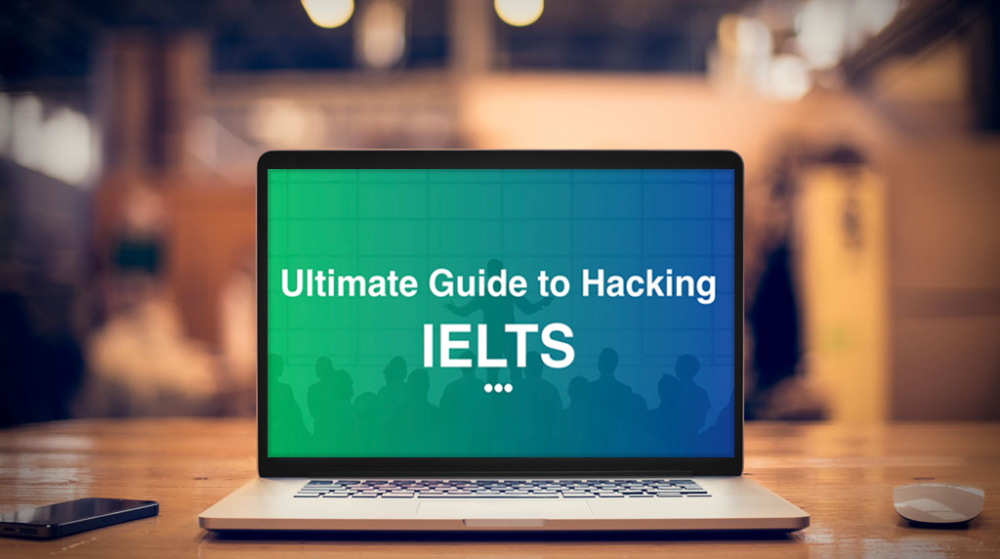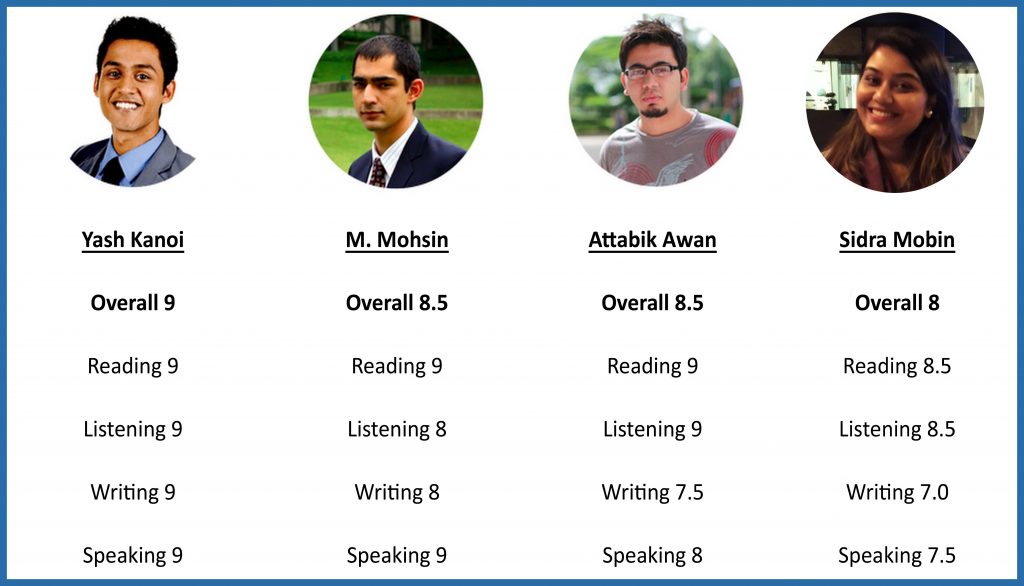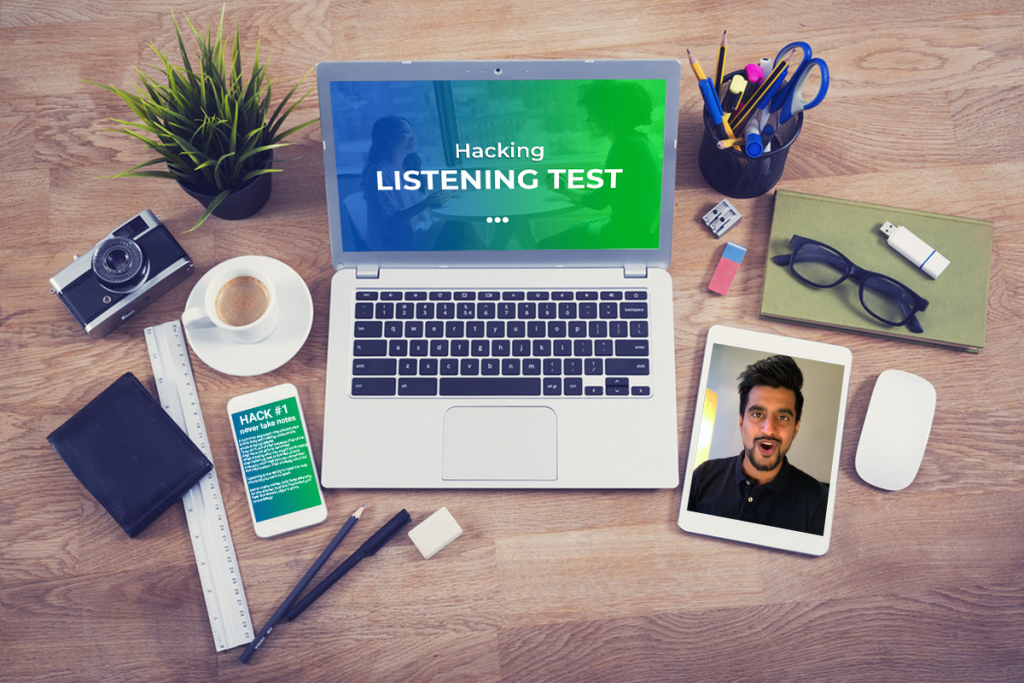The most challenging type of question in the IELTS Reading Test is True, False, Not Given questions.
In the TFNG questions, a factual statement is given, and you will be asked whether the information in the statement is true, false, or not given in the text.
This type of question is a part of the Academic as well as the GT IELTS Reading Test.
In this blog post, I am going to share with you an effective strategy to understand these questions better and eventually select the correct answer.
Section 1
-
- Understanding TFNG Questions
Section 2
-
- True, False, Not Given Effective Strategy
Section 3
-
- Example of Solving TFNG Question
Section 1: Understanding TFNG Questions
Remember one thing, the better you understand the question, the easier it will be to answer.
So let’s first understand what words “true”, “false”, and “not given” actually mean in the context of the IELTS Reading test.
True: The statement is considered to be true if it matches the information given in the passage.
False: If the statement is opposite to what is mentioned in the passage, then the answer is going to be False.
Not Given: If the statement neither matches nor is opposite of what is given in the passage, then the answer would be “Not Given”
Keep one thing in mind, the passage is based on facts, so either the information in the statement should exactly match with the passage or it should be completely opposite.
There is no possibility of a “similar” or “nearly similar” statement. That’s why it is critical to understand the statement clearly.
Section 2: True, False, Not Given Effective Strategy
Always use this 3-step method for each of the statements given in the question:
- Read the statement carefully and focus on interpreting its meaning. In your mind, in your own native tongue, explain the statement to yourself. This will help you to understand the exact meaning of the statement.
- Then, read the passage and select the section which talks about the information present in the question statement. Try to avoid interpreting the answer from the “nearly similar” statements in the passage.
- If you find that the information in the statement is clearly matching with the facts stated in the passage, then select TRUE. This is easy. But to select FALSE or NOT GIVEN, see the passage and ask yourself, “Is the opposite of statement is true?” If yes, then, go for FALSE, otherwise, select NOT GIVEN.
Let’s look at an example.
Section 3: Example of Solving TFNG Question
Are the Following Statements True/ False or Not Given about koalas according to the text below:
- Koalas are vegetarian
- There are more koalas in the southern parts of Australia
- Koalas may have 1-3 babies during their lifetime
- Koalas are mainly awake at night
- Koalas get drunk from gum leaves
- Koalas do not drink water normally
1 & 2. Although bear-like koalas are not bears. They are mammals, so feed their young milk and are marsupials, which means that their babies are born immature and they develop further in the safety of a pouch. They are tree-dwelling, herbivorous marsupials, which average about 9kg in weight and live on gum leaves. Their fur is thick and usually ash grey with a tinge of brown in places. Koalas in the southern parts of Australia are considerably larger and have thicker fur than those in the north. This is thought to be an adaptation to keep them warm in the colder southern winters.
3. Younger breeding females usually give birth to one joey each year, depending on a range of factors. The joey stays in its mother’s pouch for about 6 or 7 months, drinking only milk. After venturing out of the pouch, the Joey rides on its mother’s abdomen or back, although it continues to return to her pouch for milk until it is too big to fit inside. The joey leaves its mother’s home range between 1 and 3 years old, depending on when the mother has her next joey.
4 & 5. Koalas are mostly nocturnal. They sleep for part of the night and also sometimes move about in the daytime. They often sleep for up to 18-20 hours each day. There is a myth that koalas sleep a lot because they ‘get drunk’ on gum leaves. However, most of their time is spent sleeping because it requires a lot of energy to digest their toxic, fibrous, low-nutrition diet and sleeping is the best way to conserve energy.
6. The koala gets its name from an ancient Aboriginal word meaning “no drink” because it receives over 90% of its hydration from the eucalyptus leaves (also known as gum leaves) it eats, and only drinks when ill or times when there is not enough moisture in the leaves i.e. during droughts, etc.
Use these question statements above to select True, False, Not Given answers on your own first, and then match your answers below.
Answers:
- Koalas are vegetarian= T (herbivorous means only eats plants; eats gum leaves)
- There are more koalas in the southern parts of Australia = NG (koalas are bigger in size in southern Australia, but the number of koalas is not mentioned)
- Koalas may have 1-3 babies during their lifetime =NG (they do not talk about how many joeys they have)
- Koalas are mainly awake at night = T (mostly nocturnal, which means awake at nighttime)
- Koalas get drunk from gum leaves = F (it’s a myth, which means it’s false)
- Koalas do not drink water normally = T (they usually get their water from gum leaves)
In this blog post, I have shared the strategy for solving only TFNG Questions of IELTS Reading.
In my full course, Ultimate Guide to Hacking IELTS, I go deep into the strategies, hacks, and techniques to help you learn all 4 sections of IELTS in a smart way to get 8+ Band.
The course has 84 video lessons of 14 hours. You will also get access to a vault of student essays and video call recordings for speaking test practice of VIP students.
Hop in below to see what all you are going to get in the Ultimate Guide To Hacking IELTS:








